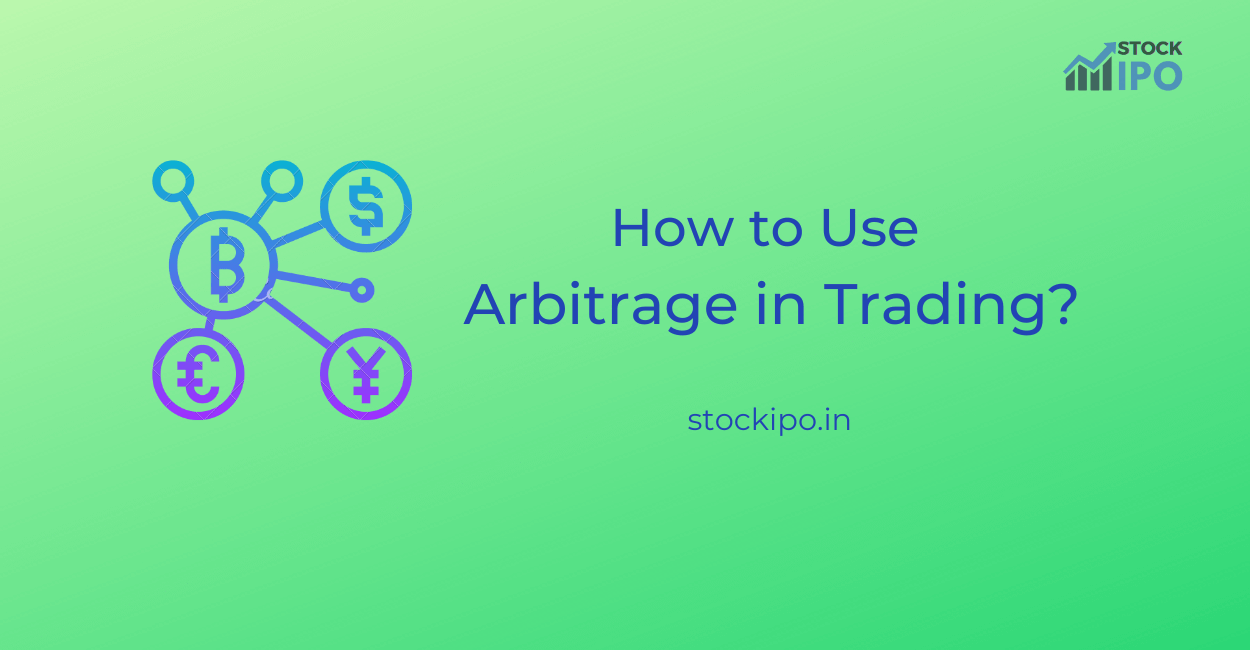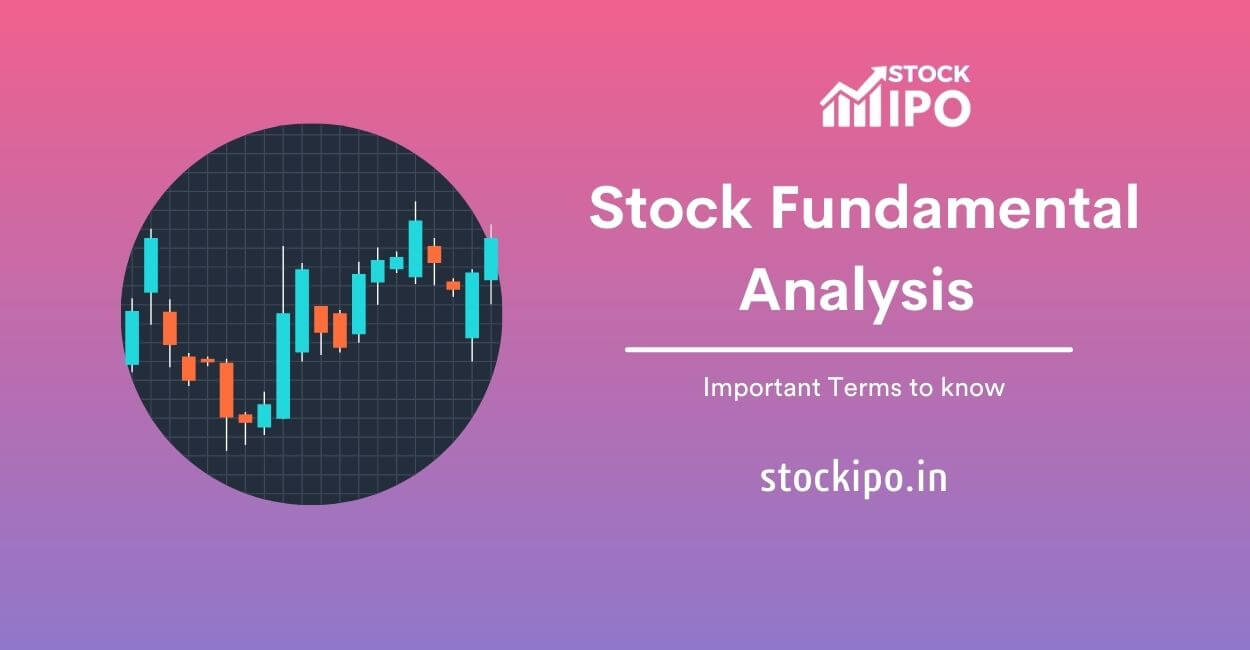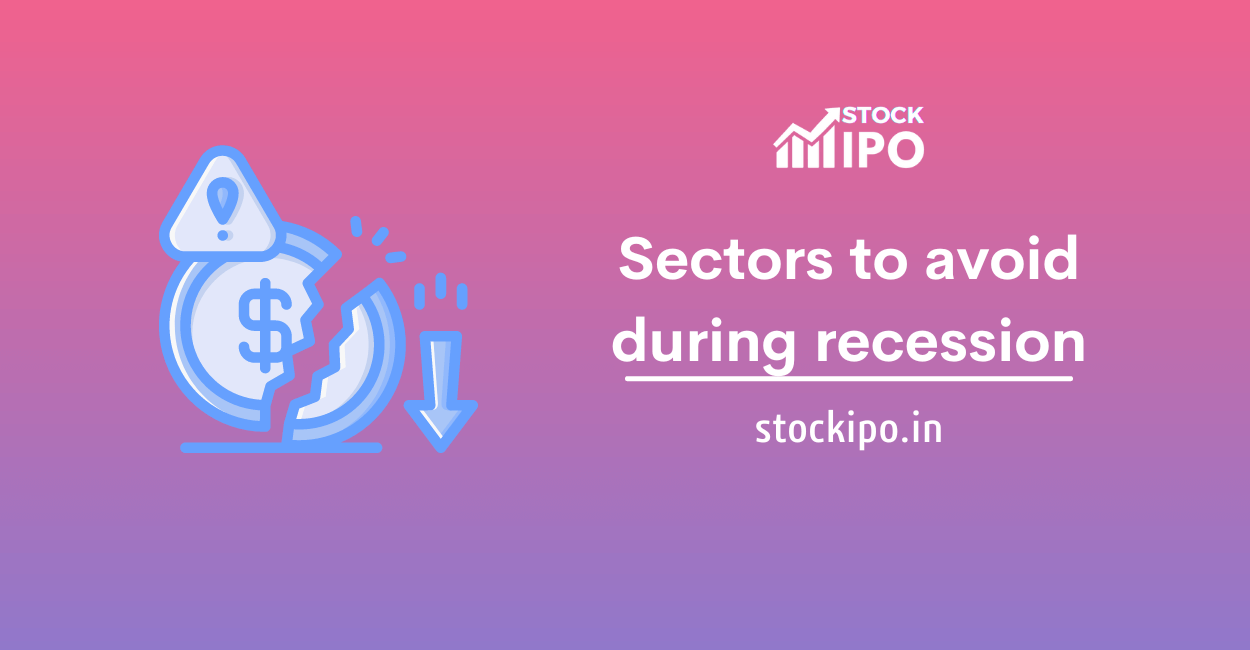Usually it requires great technical skills to get profitable in the market. But what if i say that there is a trick which doesn’t require any technical skills to be profitable as it already has a technical glitch. The name of the particular trick is Arbitrage trading.
Arbitrage trading tactics can assist a stock trader in increasing profits during periods of price disparities in various marketplaces. For example, suppose you buy an asset from the US market and sell it to another market when the price of that asset differs. This will result in a profit for the same asset.
Further in this article we are going to discuss the functionalities of Arbitrage Trading in detail.
What is Arbitrage in Trading?
Arbitrage is a type of trading in which a trader attempts to profit on price differences between similar or related financial instruments.
These disparities emerge when multiple financial organizations price an asset, such as equities, differently. This means that arbitrage includes purchasing an asset at one price from the first financial institution or exchange and then selling it practically immediately to a different institution or exchange in order to profit from the difference in prices.
How does it work?
Let’s understand its working through an example.
For instance, Gaurav works as a trader. He found an arbitrage opportunity, let’s say a stock on the NYSE costs $7, whereas the same stock on the BSE costs Rs. 540.
Let us assume that the exchange rate is 1 $= Rs. 80. Following this calculation, the share price of XYZ stock on the NYSE is Rs. 560 if converted to Indian currency. At the same time, ABC is trading on the BSE for Rs. 540.
Therefore, Gaurav has the opportunity to buy the particular stock (XYZ) from the BSE stock exchange at Rs. 540 and sell the same at the NYSE stock exchange for 7$ which is 560 Rs. He gains 20 Rs in the transaction. That is his Arbitrage earning.
Types of Arbitrage
- Pure Arbitrage: It is the arbitrage which we have studied above, also called simple arbitrage. It refers to the simultaneous purchase and sale of assets on separate exchanges in order to profit from price differences. If a company’s stock is listed on multiple exchanges, a pure arbitrage trading opportunity may exist if the stock’s price rises on one platform while falling on the other.
- Retail Arbitrage: Retail arbitrage is an online business strategy in which the owner buys clearance or low-priced products from a real brick-and-mortar store, resells them online at a higher price, and keeps and/or reinvests the difference. Retail arbitrage is a form of company that can be started by a novice or expanded upon by an experienced seller. It is common on websites such as Amazon, Craigslist, eBay, and others.
- Risk or Merger Arbitrage: Merger arbitrage has emerged as a favorite strategy of hedge funds looking to capitalize on the spreads that emerge between companies’ stock pricing over the course of a deal, beginning with the announcement of a deal, at which point a premium has been offered for the stock, causing it to begin ticking upward, all the way to the deal’s closing (or otherwise), when the price should tend towards the price being offered by the sell-side.
- Convertible Arbitrage: Convertible Arbitrage is a trading method intended to capitalize on pricing inefficiencies between the stock and the convertible, in which the user takes a long position in the convertible security and a short position in the underlying ordinary stock. Hedge funds and large-scale traders favor this long-short trading technique. To capitalize on pricing disparities between the two securities, a long method in convertible security is combined with a simultaneous short position in the underlying common stock. Convertible securities, such as convertible preferred stock, can be transformed from a Convertible Preference share to an Equity share/Common stock.
Limitation of Arbitrage Trading
- Requirement of Huge Capital: To be successful in arbitrage trading one requires huge capital, as it involves minor price fluctuations. Therefore, an individual with low capital could not get benefitted from arbitrage trading.
- Transaction and Brokerage Cost: Since arbitrage trading is done on minor fluctuations. Therefore until and unless huge capital is not invested for the purpose there won’t be any real gain, that is if there is lower capital used than the gain won’t be enough to counter the transaction cost of the trade.
- Simultaneous and quick trade execution: To profit from the price differential, purchasing and trading should occur concurrently in order to capitalize on the arbitrage opportunity. If the trades do not occur concurrently, the trade will be exposed to significant risk. This is both the biggest limitation and the necessary condition for executing arbitrage trading.
- Execution Risk: Arbitrage trading involves an execution risk, such as when two or more trades are executed simultaneously, etc. Additionally, when engaging in arbitrage trading, we must contend with various trading hours for various exchanges.
Conclusion
Arbitrage trading is the simultaneous purchase and sale of an item in separate marketplaces in order to profit from price disparities. As a result, you may experience a loss rather than a profit. Profitability in arbitrage trading is determined by a variety of elements, including price differences, timing, execution, information, software performance, the quantity of instruments, and so on.
On the other hand, there is no market strategy that guarantees a profit. If this is the case, why are there so many losses in the market alongside profits? However, the same method can vary in accuracy depending on the individual. The identical technique can be 70% accurate for one person and 30% accurate for another, and so on.







